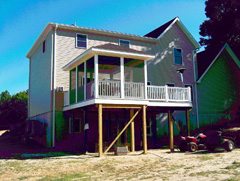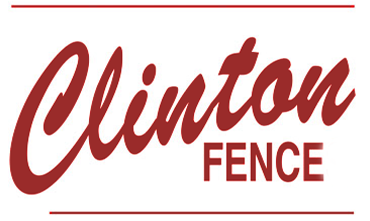How to check your deck for problems
How to check your deck for problems
 Homeowners in Maryland should periodically inspect their decks for signs of wear and tear to ensure their safety and that of their friends and family members.
Homeowners in Maryland should periodically inspect their decks for signs of wear and tear to ensure their safety and that of their friends and family members.Summer party season is in full swing, and that means scores of people will be relaxing with family and friends on their decks. But such gatherings are only as fun as they are safe, and responsible hosts and homeowners must inspect their decks for signs of trouble before hosting their first summer soiree.
Deck inspections
Deck inspections can be relatively simple, especially for those homeowners whose decks are newly built or recently refurbished. But even a new deck should be inspected at the start of the season to ensure the safety of all who will be spending time on the deck in the months to come. The following are a few tips to help homeowners spot trouble spots on their decks.
* Check the wood.
Split or decaying wood is a trouble spot that will need to be addressed. Such wood may feel spongy or break off without splintering, and those things are indicative of rot. Another sign of trouble to look for with regard to the wood is whether or not it has any holes. Holes may be a symptom of infect infestation, which can compromise the safety of the deck over time.
* Inspect the ledger board.
The ledger board is a weight-bearing board that connects the deck to the house. Over time, the gap between the ledger board and the house may widen. In such instances, simply tighten the bolts. When inspecting the ledger board, examine the flashing that surrounds it. Flashing prevents the buildup of moisture that causes rot, and when there is an issue with the flashing, it’s often noticeable because mud and debris has become stuck between the flashing and the exterior wall of the home. Clear any such debris and then seal the overlapping areas with caulk.
* Inspect support posts.
Support posts should be firmly connected to the beams below the deck floor. Loose connections between the support posts and beams should be tightened, and replace any bolts that need replacing.
* Inspect the surface.
The elements can be harsh on a deck, so inspect the surface to ensure there is no buildup of mildew, power washing any areas where mildew has started to accumulate. Different deck materials may need certain types of cleaners, so consult with the company who built your deck or speak to a local home improvement specialist to determine which type of cleaning solution your deck needs. Once the deck has been power washed, allow it to dry before applying any additional layers of finish.
* Ensure railings are not loose.
Grasp and shake the deck’s railings to ensure none are loose and all provide ample support for anyone who will be enjoying the deck. Balusters are the short pillars or columns that run perpendicular to the railings and the walking surface of the deck, and these should also be checked to ensure they are not loose. Youngsters may lean against the balusters when relaxing on the deck, so it’s imperative that none are loose.
Deck inspections ideally should be performed in spring before homeowners host their first get-together, and if any problems are discovered, everyone should steer clear of the deck until those issues have been addressed.
If you find problems with your deck call the professionals at Clinton Fence for available options.
